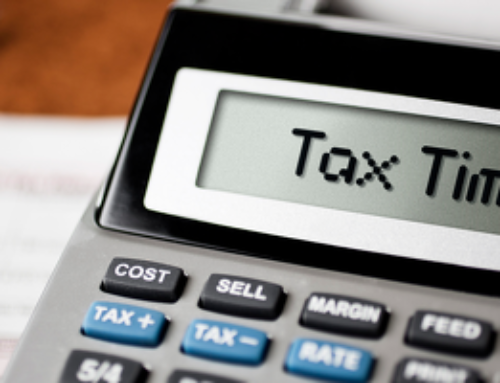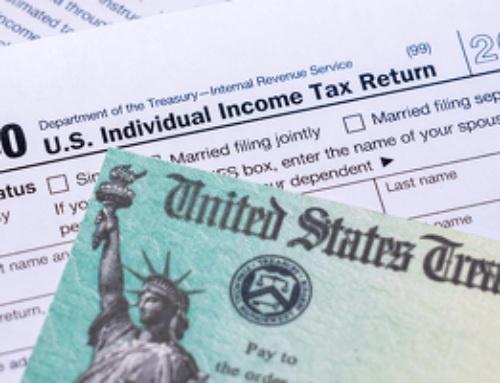Scammers were very successful last year with a scheme to pry W-2 pay stub data away from employers. The IRS warned that it may be one of several techniques they use again this year. Be aware of this popular scam.
How the W-2 scam works
Fraudsters simply identify employees with access to company payroll data and pretend to be a fellow employee emailing from an outside address. “Hi, I work in accounting. Do you think you could send me the payroll data on file? I’m traveling today and working on preparing my 2017 tax return.”
The IRS said this surprisingly simple tactic worked on more than 200 employers last year and compromised the W-2 information of hundreds of thousands of employees. The stolen data included names, addresses, Social Security numbers, income and withholdings. Scammers then used the data to file returns and claim refunds from the employees’ tax withholdings.
If you’re an employee, it’s hard to defend against this kind of scam because the breach happens to your employer. You’ll know you’re a victim if you file and get an IRS notice that a return has already been filed in your name.
How to minimize your risk
If your refund was nabbed by a scammer, the good news is that the IRS will still eventually send you a replacement refund. The bad news is it can take a very long time – six months to a year or longer – for the IRS to investigate your case.
If that doesn’t sound appealing, know that there are a few things you can do to minimize your risk:
- File early. By filing early you close the window of opportunity for scammers.
- Request an IRS PIN. This one-time-use number provided by the IRS is entered on your 1040 forms as an added measure of security. The IRS places victims of identity theft into the PIN program automatically. You may also op-in to the program yourself.
- Minimize excess withholdings. If you had your withholdings calculated properly during the year, you can minimize the amount available for scammers to steal. Check your withholdings throughout the year using the IRS web tool. But note that it won’t be available for the 2018 tax year until late February, due to the recently passed Tax Cuts and Jobs Act.
If you have any questions regarding your situation, don’t hesitate to call.






